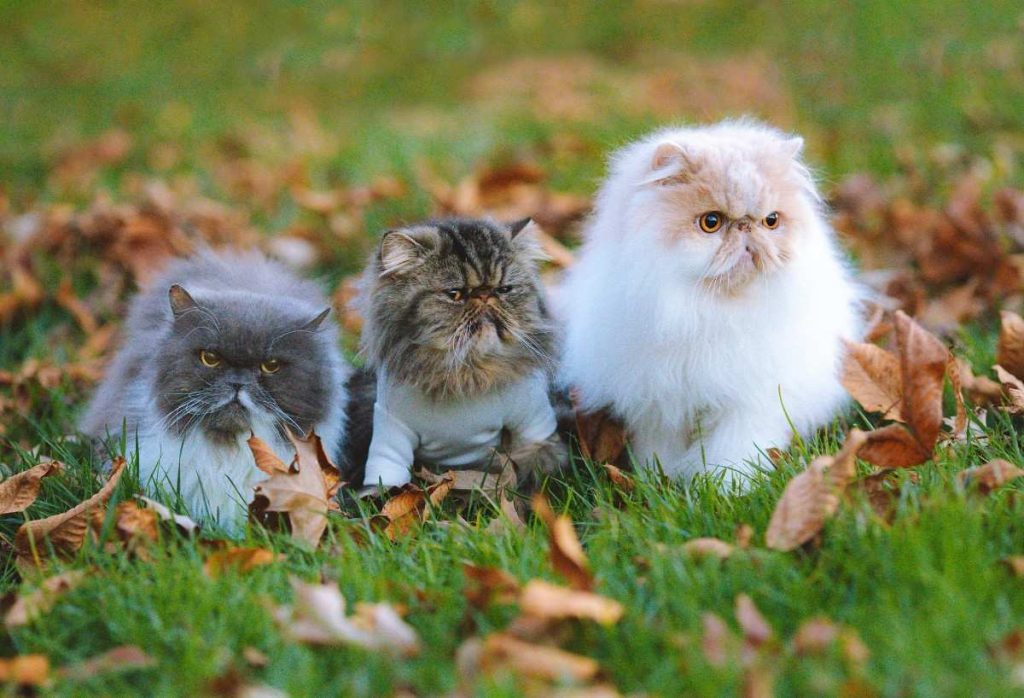Persian cat kitten, with their enchanting round eyes, plush coats, and gentle demeanor, are among the most sought-after feline companions worldwide. Renowned for their regal appearance and calm temperament, these fluffy bundles require specialized care to thrive. Whether you’re a first-time Persian parent or a seasoned cat lover, this guide covers everything you need to know about raising a Persian kitten, from grooming hacks to health essentials.
History and Origin of Persian Cats
Persian cats boast a rich heritage dating back to the 1600s, when they were introduced to Europe from Persia (modern-day Iran). Their luxurious coats and docile nature quickly made them favorites among nobility. Key historical highlights:
- Ancient Roots: Believed to descend from long-haired cats of Mesopotamia.
- Victorian Era Popularity: Queen Victoria’s fondness for Persians cemented their status as lap cats for the elite.
- Modern Breeding: Selective breeding emphasized their flat faces (brachycephaly) and diverse coat colors.
Physical Characteristics of Persian Kittens
Persian kittens are instantly recognizable due to their distinct features:
- Coat: Long, silky fur with a dense undercoat. Colors range from solid white to bi-color, tabby, and Himalayan points.
- Face: Brachycephalic (flat-faced) structure with a short nose and large, round eyes.
- Body: Compact and muscular with short legs and a bushy tail.
- Weight: 3–5 pounds at 6 months; adults typically weigh 7–12 pounds.
Personality and Temperament
Persian kittens are known for their serene and affectionate nature:
- Calm Demeanor: Prefer lounging over high-energy play.
- Loyal Companionship: Bond closely with family members but may be shy around strangers.
- Quiet Voice: Less vocal than breeds like Siamese but will chirp softly for attention.
- Playful Moments: Enjoy interactive toys like feather wands in short bursts.
Essential Care Tips for Persian Kittens
1. Grooming: Mastering the Art of Fluff Maintenance
Persian kittens require daily grooming to prevent matting and skin issues:
- Brushing: Use a stainless-steel comb and slicker brush daily. Focus on areas prone to tangles (armpits, behind ears).
- Eye Care: Wipe tear stains gently with a damp cloth (their flat faces cause excessive tearing).
- Bathing: Bathe monthly with a cat-safe shampoo to keep their coat pristine.
- Nail Trimming: Clip nails every 2–3 weeks to avoid overgrowth.
2. Diet: Fueling Growth and Health
A balanced diet is critical for their development:
- High-Quality Kitten Food: Opt for formulas with 30–40% protein (e.g., Royal Canin Persian Kitten).
- Hydration: Provide fresh water via a pet fountain, Persians are prone to kidney issues.
- Avoid Overfeeding: Measure portions to prevent obesity (1/4–1/3 cup dry food twice daily).
- Treats: Offer freeze-dried chicken or salmon in moderation.
3. Litter Box Training
Persians are fastidious but need a clean environment:
- Box Size: Use a large, low-entry box for easy access.
- Litter Type: Dust-free, clumping litter to protect their respiratory system.
- Location: Place in a quiet, accessible spot away from food.
Health Considerations and Common Issues
Persian kittens are predisposed to certain health conditions:
- Polycystic Kidney Disease (PKD):
- Symptoms: Increased thirst, weight loss.
- Prevention: DNA testing for breeding cats; annual vet ultrasounds.
- Brachycephalic Syndrome:
- Symptoms: Noisy breathing, snoring.
- Care: Use a humidifier and avoid stress.
- Dental Issues:
- Prevention: Brush teeth weekly and provide dental treats.
- Hairballs:
- Solution: Daily brushing + hairball-control food (e.g., Hill’s Science Diet).
Preparing Your Home for a Persian Kitten
Create a safe, stimulating environment:
- Safe Zones: Block off hazardous areas (balconies, toxic plants).
- Cozy Bedding: Provide plush beds or heated pads for naps.
- Toys: Interactive puzzles, feather toys, and scratching posts.
- Vertical Space: Cat trees for climbing (though Persians are less agile than other breeds).
Training and Socialization
Start early to shape a well-adjusted adult cat:
- Litter Training: Most Persians learn quickly, reward with treats for success.
- Socialization: Introduce to gentle handling, new people, and pets gradually.
- Scratching Posts: Redirect clawing behavior to sisal posts.
Top 5 Products for Persian Kitten Care
- Chris Christensen Oval Brush: Detangles without tugging.
- Royal Canin Persian Kitten Food: Tailored kibble for flat faces.
- PetFusion Cat Tree: Sturdy climbing space.
- Eye Envy Tear Stain Remover: Gentle on sensitive eyes.
- Catit Flower Fountain: Encourages hydration.
Final Thoughts
Persian Cat kitten are a delightful blend of elegance and affection, but their care demands dedication. From daily grooming rituals to vigilant health monitoring, these fluffy companions thrive in serene, loving homes. By understanding their unique needs, whether it’s combating hairballs or creating a cozy nap spot, you’ll ensure your Persian kitten grows into a healthy, happy adult.
For more insights on Persian cat nutrition, explore our guide: Best Food For Persian Cats.
FAQs about Persian kittens
Q1. How long do Persian kittens take to mature?
They reach full size at 1–2 years but retain a kitten-like demeanor.
Q2. Are Persian kittens good with children?
Yes, if introduced gently. Supervise interactions with young kids.
Q3. Do Persians need outdoor access?
No, they’re strictly indoor cats due to grooming needs and low survival instincts.
Q4. How often should I vet-visit my Persian kitten?
Every 3–4 weeks for initial vaccines, then annually.


